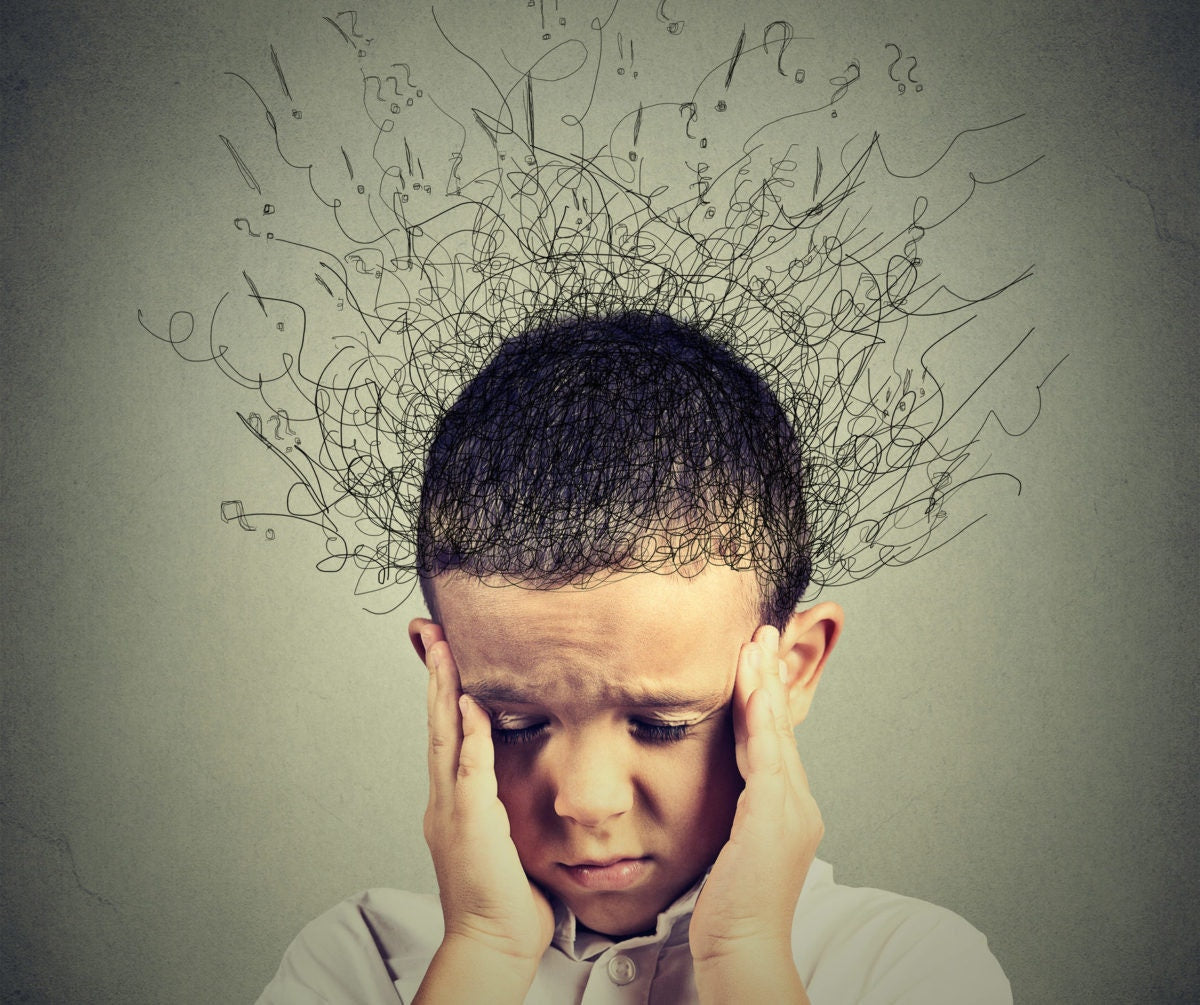My second cup of coffee is in my hands before 11 a.m., and a friend of mine perches on the couch across from me. Each week our kids play while we chat, and this week the topics are familiar: family life, hobbies, work-from-home challenges.
We sit and listen to the laughs of our children coming in through the screen door, and I realize that if offered anything in life, I wouldn't know what to choose. I see reasons for contentment all around me, and I would define myself as mostly happy. Still, I struggle with anxiety and ungratefulness on a regular basis.
Why, when I have it so good, can't I hold onto the happiness as the days press down? If I can't do it, how will I teach my kids to live grateful lives?
I start searching to find out why the act of appreciating the abundance in which I live is so hard, and I stumble across the answer where I almost always find it: books. Specifically, books about the Danish concept of hygge, pronounced hoo-ga, and how it can change how we live, love, and parent. Reluctant but encouraged, I keep reading.
Why should we listen to the Danish?
Whether we are being told to parent like the French or give our kids the independence Japanese parents offer, it seems everyone has an opinion on the right technique for raising children. But the Danes may have the market cornered on happiness – something all of us want for ourselves and our offspring.
Denmark consistently ranks in the top three for happiest countries in the world. The term they associate with this phenomenon is hygge. Meik Wiking, author of "The Little Book of Hygge" and CEO of the Happiness Research Institute, says it's not an easy term to define. But Louisa Thomsen Brits, author of "The Book of Hygge" does just that, calling it "a universal feeling of being warm, safe, comforted, and sheltered."
Hygge is taking the world by storm, and that's why articles and books are dedicated to this concept. How is it that the Danes, who pay some of the highest taxes in the world and experience awful weather for a good portion of the year, are giving lessons on happiness? The answer seems to be that they know how to hygge, and for the sake of our parenting, we should, too.
Hygge's connection to slow
Candles lit, warm socks on, or hot chocolate by the fireplace, are all examples of hygge. Meeting with a few close friends to discuss life, not in a competitive or abrasive way, but in a way that allows each person to be heard and known, is definitely hygge. Hygge is about making life quality instead of one long list of to-do items to mark off. Hygge is an ambling walk through the woods instead of a ferocious race to the finish line.
Christine Louise Hohlbaum, author of "The Power of Slow", believes that it's the slow approach to life that helps the Danes achieve happiness. In a country where winter is an intense half-year event that steals sunlight, it's necessary for the Danes to slow their pace and find ways to regularly pamper themselves as they go through this season.
In reality, this is necessary for all of us, even those of us who live in warm climates where winter is usually a blink that can be missed. Slowing down the life pace means pulling away from the rush. We can still accomplish meaningful tasks, but when we practice hygge regularly, we don't mistake movement for progress.
We can see the meaning in gathering the kids for storytime under a homemade blanket fort as opposed to signing on to our work account to check in. Passing on constant, meticulously scheduled extra-curricular activities for our children is great, because it offers them more time to create pockets of peace where they can pursue interests for the sake of doing it.
Those pockets of peace are hygge.
Hygge, happiness, and relationships
People who live in most parts of the world are constantly available to their employers. We work long hours, then stay connected to our phones in case emails come in demanding our attention.
This is not the case in Denmark.
Kristen Podulka lived there for a time and watched the office clear out earlier than five o'clock every day so families could spend time together having dinner around a table and creating space for hygge. They simply make it a priority. The effect of quality time with kids can't be overstated.
One of the reasons Danes may be so happy is because hygge strongly leans on interpersonal relationships to work. It's possible to experience hygge alone, reading a good book while curled up under a blanket with a cup of tea, but many Danes find it easier to hygge in small groups. Simple dinners shared with family and friends and time and space made for others in our lives creates room for the warm, safe comfort Danes appreciate.
Decades of research support relationships as a means to happiness. Connections with the community we live in and strong ties to those in our lives predict happiness better than other markers people might expect, like money or status. Teaching our kids to value people and friendship bonds over ladder climbing puts them on the right path to happiness.
Go outside and hygge
Nature is an essential component to hygge. Though Danes don't brag about the five months of the year they spend in near total darkness freezing, they also don't seem to whine about it much. In fact, despite the weather half of the people who live in Copenhagen commute to work by bicycle.
For most of us, that's not what life looks like. We usher our children by car to indoor activities. We're less likely to take them into nature if our lives are cram packed with events. Many parents don't encourage their kids to be outside when there is homework to complete and schedules to keep.
The Danes prioritize being outdoors. Besides biking, Danes who live in the city escape to nature to be outside, and the positive effects of nature are real and continuing to be studied. National Geographic reports that after a certain amount of time unplugged in nature, people show higher cognitive skills. Researchers also say that people who walk in nature have improved mental health after their journey, even if it's just a 90-minute walk.
Hygge is not about the money
Creating hygge is extremely cost effective. In fact, the point of hygge is not to drop loads of cash to impress those in our inner circle or indulge ourselves. Danes don't particularly look kindly on people who flaunt their elevated financial status.
Hygge encompasses simplicity. It's an internal sensation not associated with materialism. Sure, a person may adorn their home with furniture or lighting associated with hygge, like candles, a wooden chair, or comfy blankets, but hygge doesn't come from those items.
Research proves happiness and money don't really go together. Unless money is pulling someone from a situation of poverty to a status of security, happiness related to cash tapers off.
The reason behind this reality supports creating hygge: humans adapt. Though we might believe winning the lottery or buying that new car will make us happy, the happiness associated with these types of endeavors doesn't last. We acclimate quickly to our new situation, then, unconsciously, we look for the next fix.
Hygge causes us to create and appreciate coziness right in the middle of our lives instead of waiting for a financial windfall to provide the happiness we want. Embracing the notion of non-materialistic hygge can help us pass down values to our children that encompass gratitude every day. We shouldn't wait for money or circumstances to change in order to be happy.
When do we move?
Parents don't need to grab their passport and book a flight to Denmark to find hygge. The intense study of all things hygge lately revealed some cracks in the armor of this Danish approach, at least for outsiders.
While Denmark is said to be one of the happiest countries in the world, the expats living there are some of the unhappiest. Danes know that hygge is about relationships, but since Danes generally find creating hygge is easier in small groups, they aren't extremely open to outsiders.
The good news is there's no reason to go to Denmark to incorporate this practice into everyday life for our children. Slowing down and focusing on creating pockets of quiet and pleasure in our daily lives helps cultivate an attitude of gratefulness. Passing that down to our children can help them throughout the struggles they face.
You can't manufacture happiness, a giddy stand in for real life. It's finding contentment in the everyday, creating protective coves in between the obligatory tasks, and making the obligatory tasks part of a routine of gratefulness. Think of those obligatory tasks as only stops between the hygge. We can appreciate washing the dishes if it means we're getting ready to sit down for a meal with our loved ones, candles lit, dessert waiting – a true picture of coziness.
We can teach our children to grasp onto what they have and figure out what simple pleasures give them joy. We can teach our children hygge right where we are in hopes of putting them on the path to a simpler, more realized existence.
As the week pushes forward, I light a candle while we eat breakfast, share poetry I love with my family, and throw our sheets in the dryer before bed so the kids will be cozy while the rain pours down. We take take trips to the park several times a week, build blanket forts, and read favorite books over and over.
I feel myself recognizing the feeling of hygge: comfort, security, and internal warmth that reaches out to touch those I'm near. Thanks to hygge, I'm learning to embody lessons I've always wanted my kids to learn.



